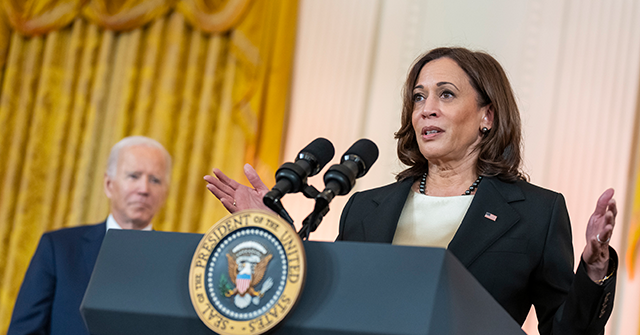On a recent broadcast of “NewsNation Now,” retired General Wesley Clark, who previously served as NATO’s Supreme Allied Commander, provided insights on the ongoing Israel-Hamas conflict in Gaza. Clark articulated that the likelihood of a ceasefire in the short term is slim, attributing part of this to the Biden-Harris administration’s inability to alienate political supporters who advocate for Israel’s decisive military action. He emphasized that American political dynamics and public sentiments towards Israel play a critical role in shaping U.S. foreign policy decisions. Clark’s observations suggest that the administration is motivated to maintain its backing of Israel to safeguard valuable political support at home.
When discussing the situation more broadly, Clark pointed to the strategic considerations that Hamas holds in the conflict. He indicated that the militant organization appears to have adopted a strategy that involves prolonging the war, believing this approach might be more beneficial. By dragging out hostilities, Hamas aims to inflict suffering on the civilian population in Gaza, which, in their view, would draw greater international condemnation toward Israel. The hope is that the portrayal of Israeli military actions may generate a sense of global outrage concerning human rights violations, thereby increasing the pressure on Israel and the U.S. to reconsider their strategies.
In the interview, host Connell McShane inquired about the prospects for resolution or significant progress in the conflict within a near- to intermediate-term timeframe. Clark’s response was decidedly pessimistic; he suggested that the interplay of diverse political pressures within the U.S. will likely hinder any chance of a meaningful cessation of hostilities. The implications of Clark’s analysis point toward a complex relationship between domestic political factors and international conflict dynamics, where advocacy for military action can create significant barriers to peace efforts.
Clark also alluded to Israel’s strategic rationale behind its military operations, noting that the Israeli government is likely to use Hamas’s reluctance to accept proposed ceasefire terms as a means to justify continued military engagement. His commentary reflects a recognition that both sides are entrenched in their positions, making negotiations difficult. Israel’s approach seems focused on achieving its military objectives without appearing as an aggressor in the eyes of the international community, while Hamas’s parallel strategy appears focused on leveraging civilian hardship to draw attention to its cause.
The current conflict is thus marked by a stalemate, fueled by each side’s beliefs in their respective advantages and the potential pitfalls of a ceasefire. Clark’s insights suggest that Hamas’s strategic calculus centers around the expectation that their actions will lead to international scrutiny of Israel. Meanwhile, the U.S. administration under Biden and Harris remains caught in a delicate balance, compelled to support Israel militarily while also facing calls from segments of the American populace for humanitarian considerations in Gaza. This tension poses significant challenges for any diplomatic engagement.
In conclusion, the assessment provided by Gen. Wesley Clark underscores a multifaceted conflict where political, military, and humanitarian dimensions are interwoven. The lack of immediate prospects for peace highlights the complexity of achieving a ceasefire in a situation where domestic political imperatives collide with international humanitarian concerns. As the conflict continues, the implications for both regional stability and U.S. foreign policy will remain profound, with the potential for long-lasting impacts not only in Gaza but across the broader Middle East landscape.

